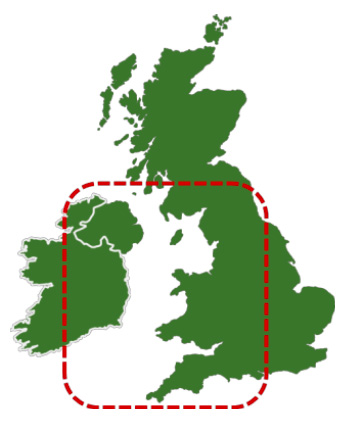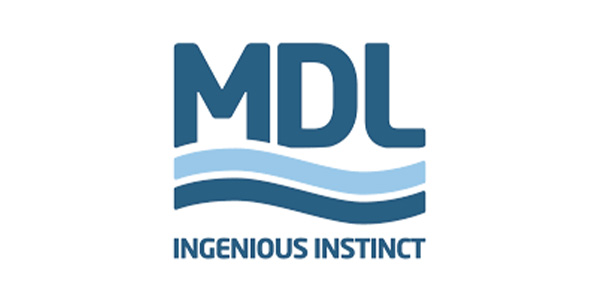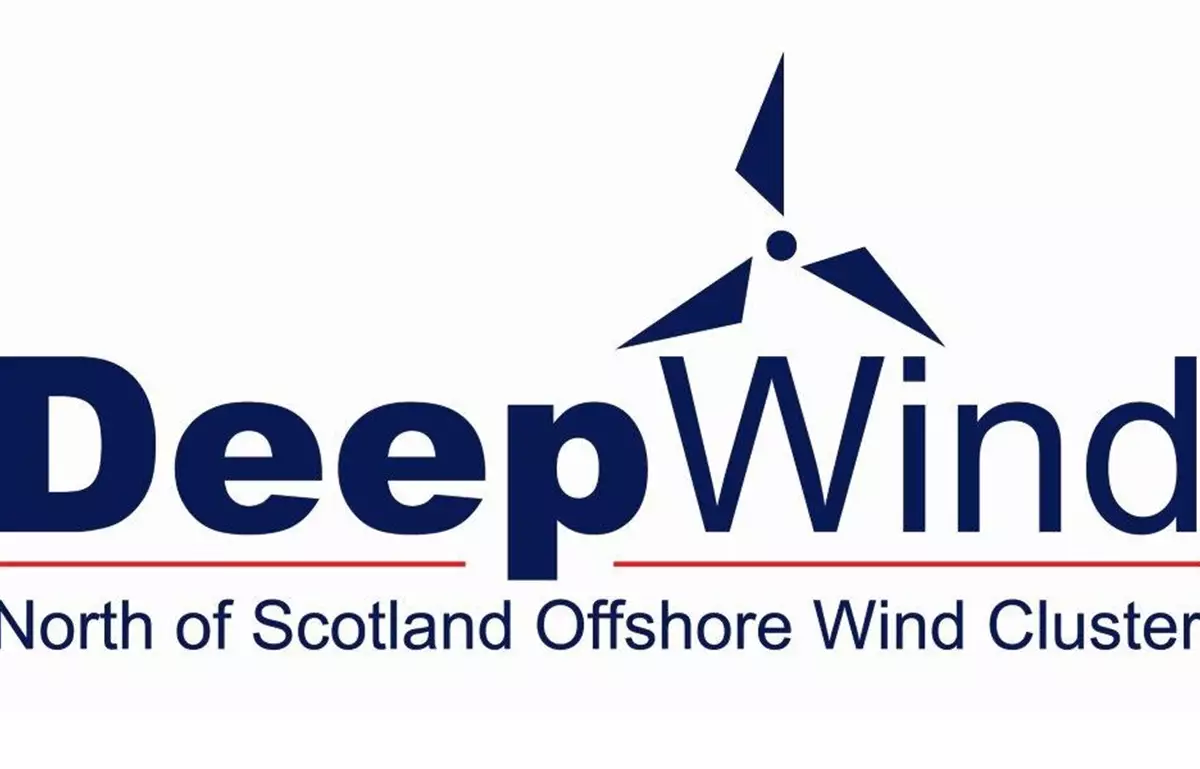Published on 24 January, 2023
Published in White papers
Inherent in the UK & Scottish government’s desire to reach Net Zero targets and greater energy stability is the development and then rapid expansion of Floating Offshore Wind (FLOW).
The successful delivery of FLOW projects to meet these goals requires the significant upscaling of the supply chain, ports, facilities, infrastructure, and skills development, both to meet target dates and to meet local content ambitions.
Typical dimensions of each semi-submersible floating base unit within a FLOW development are 100m x 85m x 40m high and steel weight of ~5,000Te. These are very large marine assets and the physical space requirements required at every stage of the FLOW fabrication, assembly, integration & installation are significant. Early-stage studies conducted by Offshore Solutions Group and various research bodies, including ORE Catapult have confirmed that there are no ports or facilities currently in Europe capable today or indeed in the next ten years of delivering a utility scale FLOW development on a single site.
While developing practical project execution (delivery) plans for FLOW developers, Offshore Solutions Group quickly identified that a key and much overlooked requirement for successful delivery is the need to temporarily store FLOW units afloat once they have been assembled and launched, either with or without the Wind Turbine Generator (WTG) integrated.
The need for temporary storage is driven by production & logistical flexibility.
- Onshore final assembly and launching is expensive and needs to be an efficient continuous process to maximise the use of resources such as WTG integration utilises expensive cranes and vessels.
- Once launched, units need to be moved from quayside to prevent quay-blocking.
- Onward shipment for WTG integration is restricted to defined weather windows e.g. during winter in the Celtic Sea there could be fewer than 20 days over a 5 month period where
installation can safely take place. - An offshore marshalling area waiting for a suitable weather window is therefore required.
- Supply chain delays also occur and there will be delays either in the FLOW platform manufacture
or delivery of key OEM components. - Weather delays will require completed or partially completed units to be stored/marshalled
away from the primary quay to avoid blocking, and for the FLOW units to be available when needed to maximise installation equipment utilisation.
Without temporary floating storage locations, the practical impacts of weather & supply chain on production planning and logistics may impact the technical or economic feasibility of some local assembly plans. This may even force more activity out of the local region. Temporary offshore storage provides project flexibility to be able to absorb potential project delays which are compounded with larger projects.
Offshore Solutions Group (OSG) and HR Wallingford (HRW) created and delivered the TS-FLOW© joint industry project, working with five developers to find and evaluate potential temporary storage locations to support Celtic Sea FLOW Developments.
OSG – specialists in floating wind technology & commercial scale delivery, utilises decades of practical and unique technical expertise to support wind farm developers and key supply chain companies around the world in devising and delivering strategies that support the practical and local delivery of large-scale projects within the floating wind sector. The OSG team have an average of over 20yrs offshore experience and a track record of expertise and delivery that covers involvement in over 100 floating units globally including many of the current operational floating wind units across Europe.
HRW – is an independent engineering &physical laboratory and environmental hydraulics organisation. They deliver practical solutions to complex water-related challenges faced by international clients. A dynamic research programme underpins all that they do and keeps them at the leading edge. Their unique mix of know-how, assets and facilities includes state of the art physical modelling laboratories, a full range of numerical modelling tools and people with world-renowned skills and expertise.
The TS-FLOW© (Celtic Sea) JIP investigated over 35 potential temporary storage locations in an area extending from Southampton on the south coast to Ayr in Scotland, including the east coast of Ireland stretching round to Cork on the Irish south coast.
The project evaluated each site in a layered process considering a wide range of challenges that need to be addressed, e.g. technical, environmental, commercial, consenting, licensing, competing use, metocean etc.
Collaborative workshops were held with developers and technical delivery partners to refine the number of potentially suitable sites. A gated process was implemented evaluating over 20 key drivers for site development & use.

The output from the study identified eight potential temporary storage locations within the search area, none of the sites are ideal (only 2 were ranked as green in green/amber/red assessment). All sites have technical, consenting, or environmental challenges to be overcome to develop the site.
The consenting and permitting required for the TS-FLOW© site development is similar in work scope and timescales as consenting for a permanent floating offshore wind farm and therefore will likely take 2-3 years. Subsequent phases in the JIP will gather and evaluate further data and initiate the necessary consultations and environmental research required before permitting or consenting is progressed for the selected sites.
The JIP has clearly identified that given harsh environments around the UK the successful delivery of utility scale floating wind projects needs temporary floating storage/marshalling site, and these should be considered in parallel to any assembly or WTG integration sites. The results of the study have already led to significantly revisions to existing project execution plans.
Conclusion: The availability and subsequent use of temporary offshore storage sites can significantly reduce schedule risks in FLOW execution plans and build in production & logistical flexibility that can reduce direct and indirect costs.
Next Steps: OSG & HRW are developing the TS-FLOW© (Celtic Sea) JIP Phase 2 work scope with the existing participants and opening the opportunity for additional Developers to join.
Consultation with Developers on a further JIP [TS-FLOW© (UK North)] to support the rest of the UK are ongoing. Contact either OSG (martin.goodlad@offshoresolutionsgroup.com) or HRW (info@hrwallingford.com) for further details of either of these opportunities.












